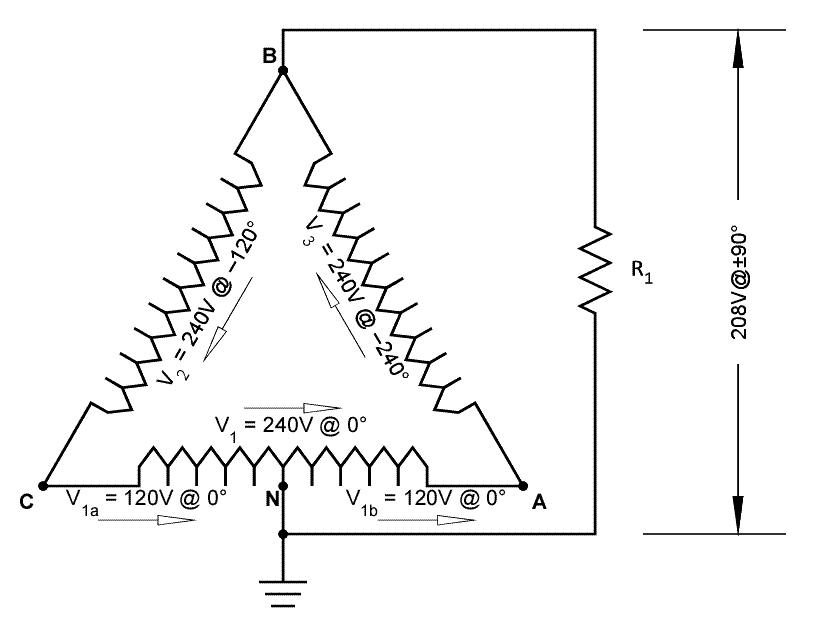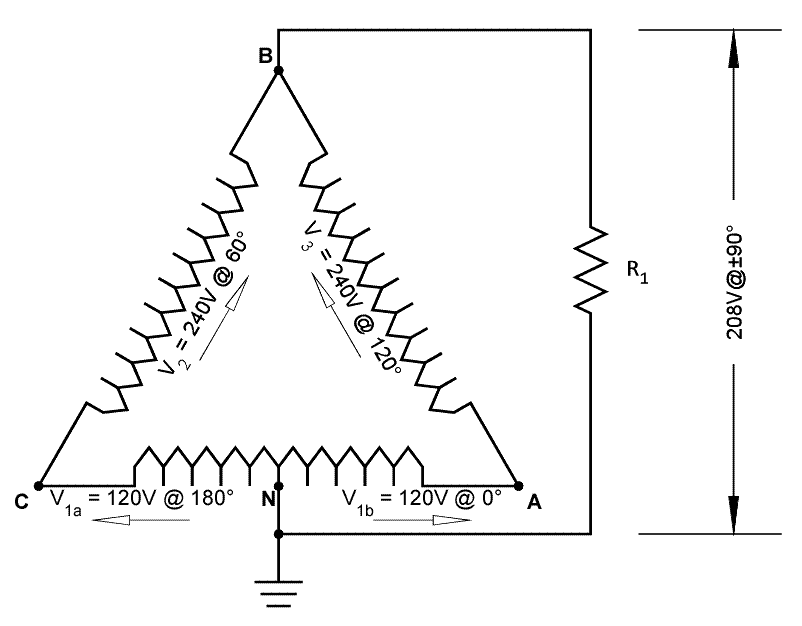Seen this a lot
Seen this a lot
I have seen this in a few instances, I was taught to not do this as this could add to unbalanced loads. People do ask why we cannot do this, I tell them I like to keep the system where when the next electrician comes along to service it that it is done buy the common practice. I feel that the neutral coming back to the panel would not be acceptible, because there would be potential between the neutrals. It makes for some problems trouble shooting when you have got different voltages on the neutrals. I think this could cause some problems, similar to the time we had to do some troublshooting on a system where the neutral from a x-former, was tied to a 480/277 neutral in the panel that was feeding the x-former and therfore the neutral in the 120/208 panel was also connected. I think this falls under where systems need to be kept apart or seperated and identified from one another. The neutral in the panel would have a potential between the other neutrals, I would not think that this is a good practice.
Seen this a lot
I have seen this in a few instances, I was taught to not do this as this could add to unbalanced loads. People do ask why we cannot do this, I tell them I like to keep the system where when the next electrician comes along to service it that it is done buy the common practice. I feel that the neutral coming back to the panel would not be acceptible, because there would be potential between the neutrals. It makes for some problems trouble shooting when you have got different voltages on the neutrals. I think this could cause some problems, similar to the time we had to do some troublshooting on a system where the neutral from a x-former, was tied to a 480/277 neutral in the panel that was feeding the x-former and therfore the neutral in the 120/208 panel was also connected. I think this falls under where systems need to be kept apart or seperated and identified from one another. The neutral in the panel would have a potential between the other neutrals, I would not think that this is a good practice.




